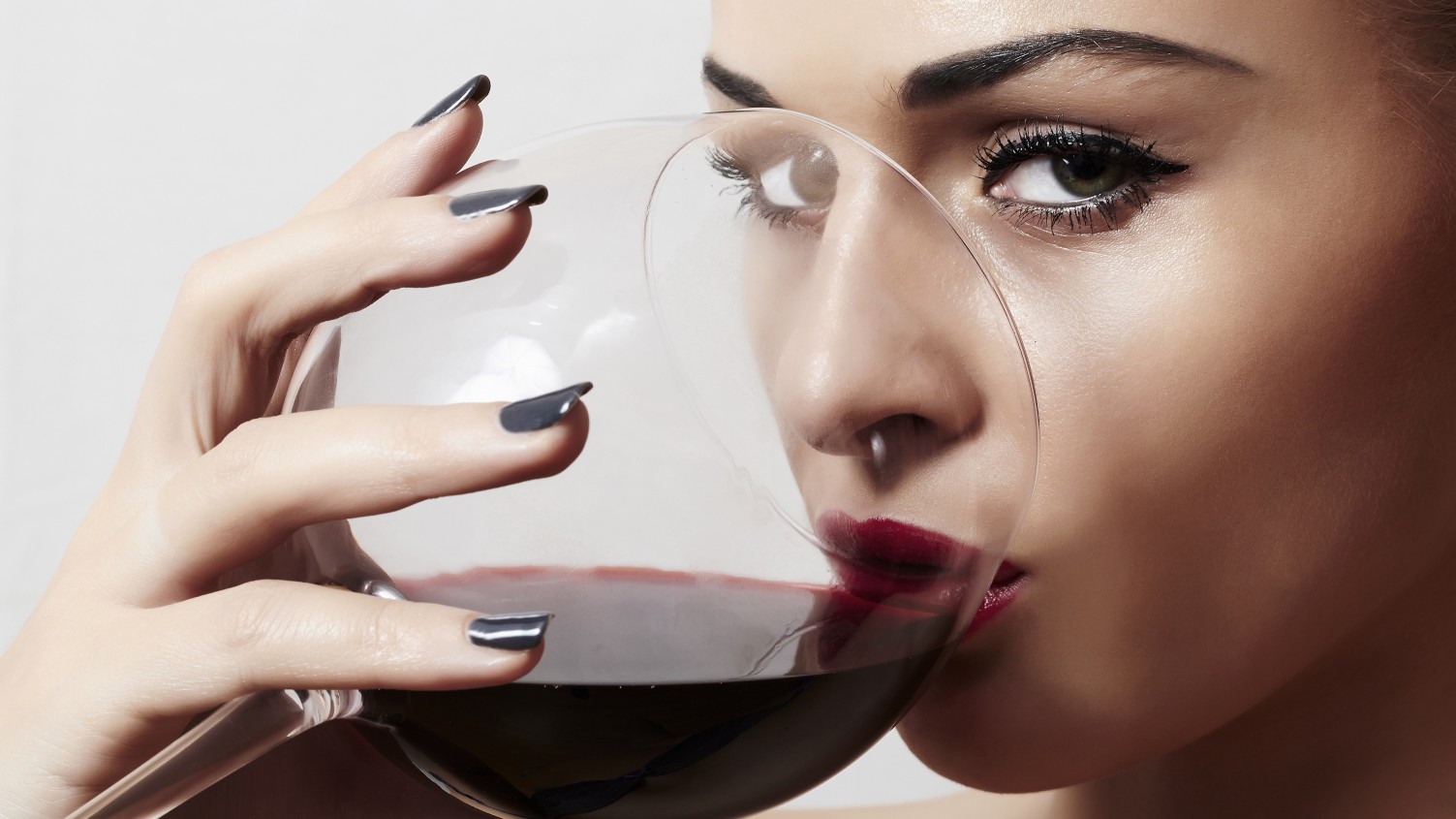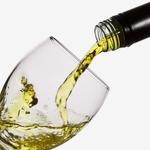Red Wine evolves by maturing and aging
During its evolution, a red wine goes through various chemical phenomena that transform its components, modifying them in biological ways. After a slow fermentation, wine is aged in sealed storage, refining and slowly changing all of its characteristics.
As time goes on, red wine’s color loses liveliness; its aroma becomes more delicate, flavor becomes softer and pleasant. After a number of years, depending on the wine structure, these characteristics reach the peak of pleasantness, and then decrease as wine gets older. Not every red wine, however, gets benefit from its aging. Only some, really high quality products improve their organoleptic characteristics.
Red wine evolution may be divided into two distinct phases:
- The first is maturation. In this first phase, wine clears up; its hardness softens up as a result of malolactic fermentation. This consists in the transformation from harsher malic acid into much softer lactic acid. In the second phase, known as aging, the product is subject to oxidative and reductive reactions.
- In the oxidative phase, oxygen reaches the wine in a very slow, controlled way, through the timber walls and by opening the “bunghole” (the wooden plug, used to close the hole opened on the barrels); usually oak wood gets used, so that the amount of oxygen that reaches the wine is about 1-6 ml per liter in a year. This oxygen amount, sums up with the one absorbed during decanting (2-4 ml / liter).
As aging goes on, red wine takes a ruby red color at first, then it turns to a less lively nuance, then it tends to garnet, and finally turns into orange. This change is due to polyphenols that oxidize, polymerize and precipitate, polymerizing together anthocyanins with tannins. This leads to a decrease in free anthocyanins and the color of anthocyanins is replaced by yellow-brown free tannins. So, the greater the number of anthocyanins in wine, the better it is suited for a long aging. During the oxidative phase, taste changes as well: it changes, sometimes significantly, depending on whether wine is aged in chestnut or oak barrels. Therefore the contribution of substances released from the barrel to the wine is important, equivalent to about 180-200 mg / liter of tannin. The amount of the substance that the barrel yields to the wine depends on how many times other wine has previously been left to age in that barrel.
During the oxidation phase, these four processes also take place:
As a result, in red wine there will be a less astringent tannin and a decrease of acids (hard components). Even the soft components represented by alcohol will be subject to a decrease, but overall the balance between hard and soft components will move towards the soft ones. Neither sugar, nor alcohol nor polyalcohols will increase.
During the second phase, the reductive one, wine aging completes. In this period, wine must be protected as much as possible from the air. Place in a sealed glass bottle, wine is subject to a reduction reaction and gets perfumed over a 5-6 months time span after bottling.







